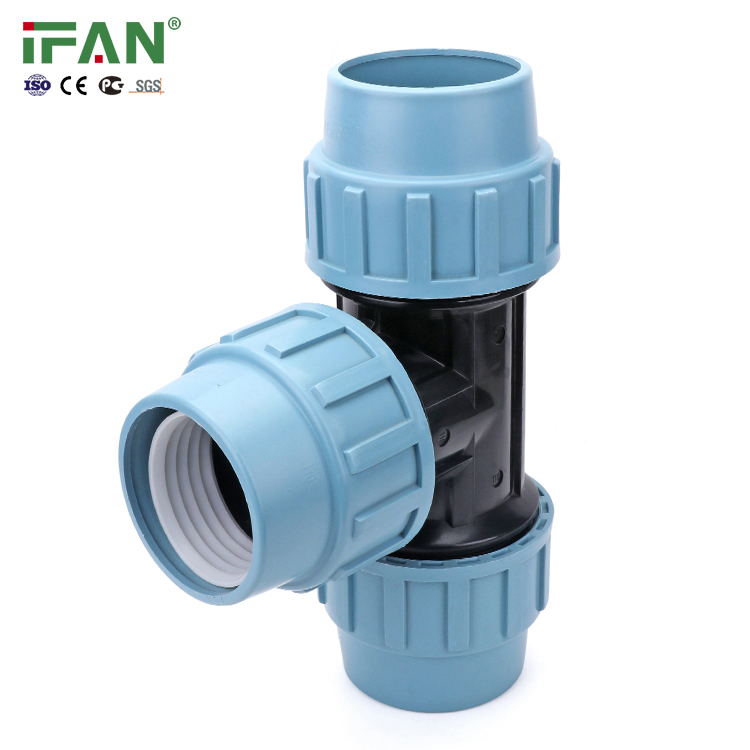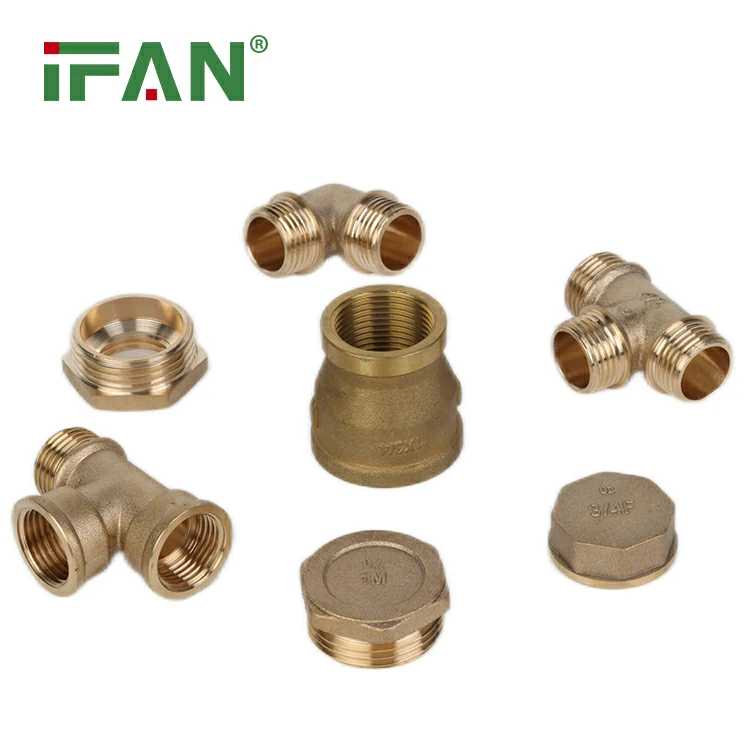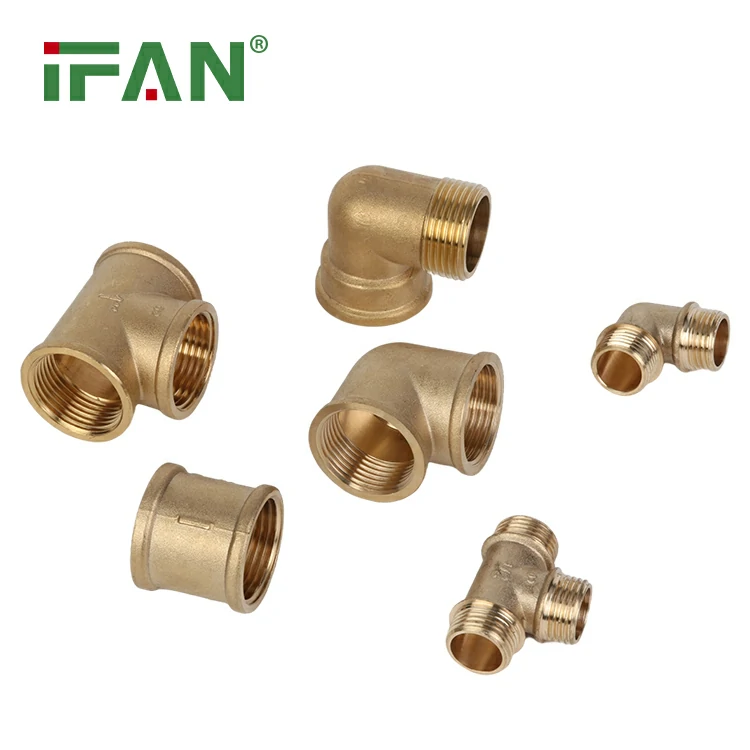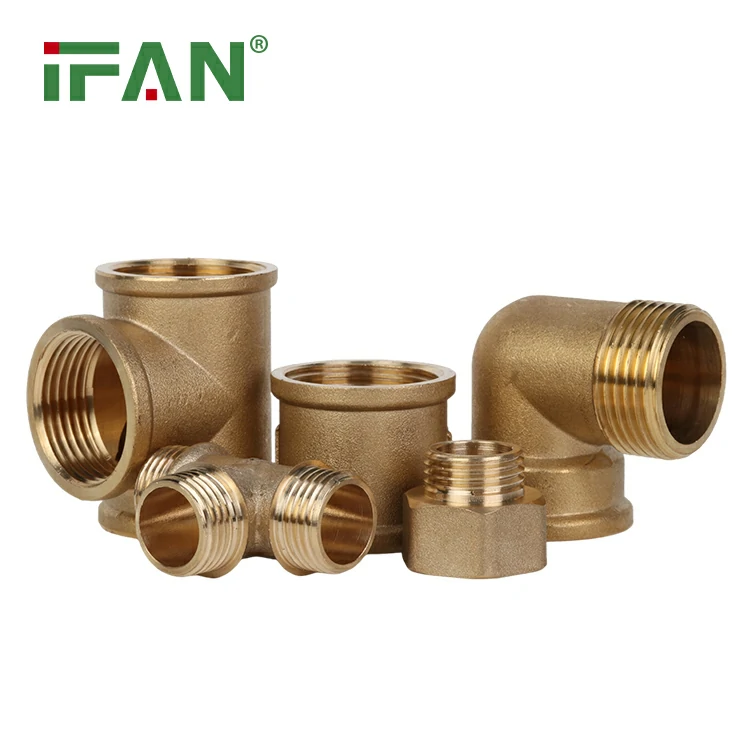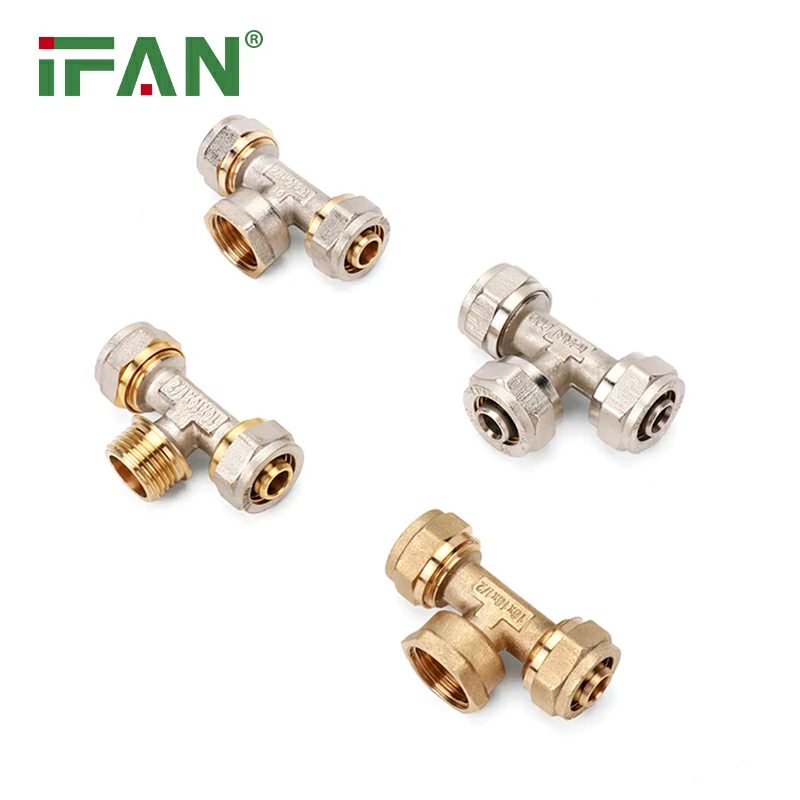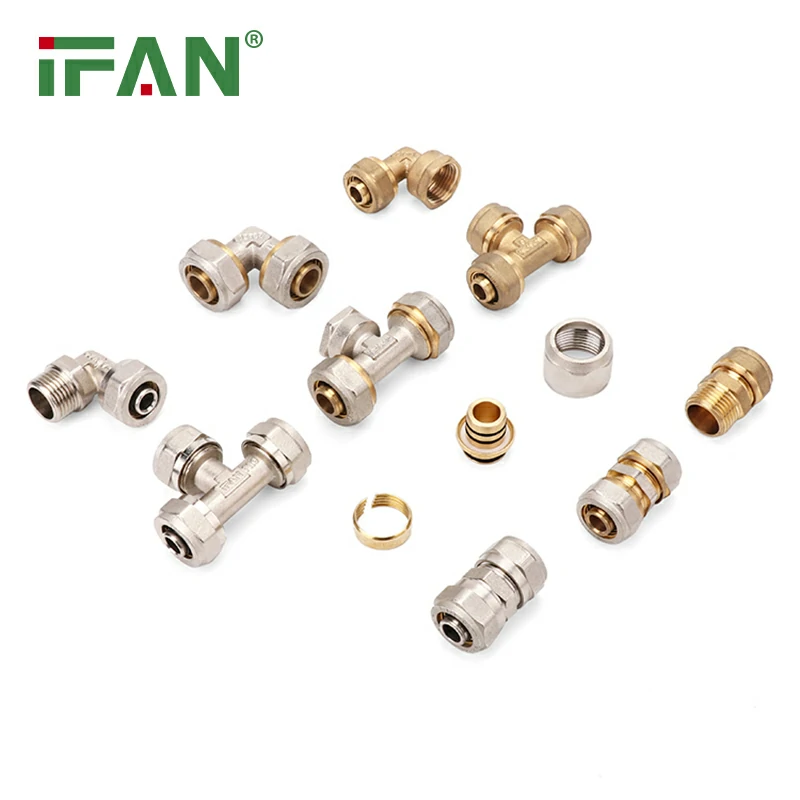HDPE Fittings: The Safe Choice for Drinking Water Systems
Clean drinking water is essential to the health and well-being of every individual. To enjoy safe drinking water, it is crucial to have a reliable and secure plumbing system. HDPE (High-Density Polyethylene) Fittings are the perfect solution for ensuring wholesome, potable water within your household.
What are HDPE Fittings?
HDPE Fittings are designed for use in high-pressure and high-temperature applications, making them an excellent choice for drinking water systems. They are made from high-density polyethylene, an environmentally-friendly plastic that is resistant to corrosion, abrasion, and chemical attacks. Additionally, HDPE fittings are lead-free, making them perfect for drinking water systems that must meet regulatory standards.
HDPE Fittings Features and Functions
HDPE Fittings offer several notable features that make them perfect for drinking water systems. Their characteristics include:
- High Impact Strength: HDPE fittings can withstand high impact forces without cracking or breaking. They are, therefore, ideal for preventing leaks and ensuring durability over time.
- Chemical and Corrosion Resistance: HDPE fittings are resistant to various chemicals and corrosive substances commonly found in water systems, ensuring stable water quality.
- Easy to Install: HDPE fittings are lightweight, making them easy to install. They feature quick-connect couplings that permit a secure connection in minimal time.
- Hygienic and Safe: HDPE fittings are made from materials that will not contaminate drinking water, so they are safe and hygienic to use.
Advantages and Benefits of Using HDPE Fittings
HDPE fittings offer several advantages and benefits that make them the safest option for drinking water systems. These include:
- Cost-Effective: HDPE fittings are relatively less expensive than other alternatives while providing excellent quality.
- Eco-Friendly: HDPE fittings are made of environmentally-friendly materials that are recyclable.
- High-Ductility: HDPE fittings are ductile, allowing them to bend without breaking under pressure, making them perfect for areas prone to earthquakes or similar disasters.
- Easy to Maintain: HDPE fittings require minimal maintenance and are easy to repair if necessary.
- Meets Regulatory Standards: HDPE fittings have gained approval from leading regulatory agencies worldwide, meeting safety and quality standards.
In conclusion, HDPE Fittings are an excellent choice for your drinking water system. Their durability, reliability, and affordability make them the safest option for ensuring access to clean, potable water in your home. With their multitude of features and benefits, you can feel confident that your plumbing system will function properly and provide wholesome, hydrated living.
Take the next step and invest in HDPE Fittings for your drinking water system – you and your loved ones deserve it!
IFAN factory started in 1993. And IFAN has workshop 120000 square meter with 610 staff. IFAN can design and produce all plumbing pipe and fitting include PPR,PVC,CPVC PPSU HDPE PEXA PEXB PERT pipe and fitting ,brass fitting, brass ball valve ,heating system , gas system , sanitary faucets and hose, In the past 30 Years, IFAN has never forgotten his mission-To protect health and safety. And IFAN factory use best materials to produce high quality pipe and fittings with automatic production line and high tech quality control machines. The most important,IFAN can guarantee that all pipes and fittings manufactured by IFAN are qualified.
Free Sample(Click Here to Get Free Sample)
